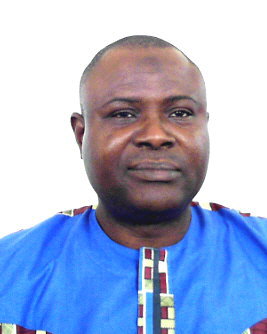
Remote Sensing and GIS ...exploring the Earth and its resources
Welcome to RSG Department
You are welcome to the Department of Remote Sensing and Geoscience Information System, a recent addition to the School of Earth and Mineral Sciences in FUTA.
The Department is established for the purpose of providing training and research in Remote sensing and GIS technology applications. The curriculum is structured such that students will take courses that cut across the earth sciences, urban and regional studies, agriculture and forestry. Fieldwork, hands-on practicals and sound theoretical inputs will be relied upon to expose the students to aspects that are relevant to Nigeria’s needs for developmental growth to meet its Millenium Development Goals.
In addition, we have the human and material capacity to provide quality services in the following areas:
- Education and Training in Remote Sensing and GIS
- Groundwater and Mineral exploration and exploitation
- Environmental studies
- Highway and Route Planning
- Agricultural and Forestry Applications
- Land use studies and Urban Planning
- Consultancies
Programme Objectives
The objectives of the programme are to:
(i) impart basic and fundamental knowledge of remote sensing
(ii) train students with the capability to use remote sensing to solve human
problems
(iii) provide an enabling environment for a better appreciation of remote sensing
in earth sciences and other applied disciplines; and
(iv) equip the students with result–oriented research for industrial, technological
and academic development of the country.
Justification for the Programme
Mapping is vital to successful planning and implementation of all sorts of projects having spatially-dependent variables. From rock and mineral mapping in geosciences through building, human and tree enumeration in urban and forest planning to locust and weather monitoring in agrometeorology and natural disaster control, the cost of land-based conventional mapping is becoming increasingly expensive. The need to reduce cost, both in time and money, and still maintain standard makes it imperative to explore the high technologies of the present day in map works. Remotely-sensed images from aircrafts and satellites as well as modern day cheap, powerful and versatile computers will not only revolutionize but also add value to the presentation and understanding of mapping works. It is for this reason that the School of Earth & Mineral Sciences finds it desirable to introduce a programme that will combine a study of remote sensing with modern computer graphical analyses.


